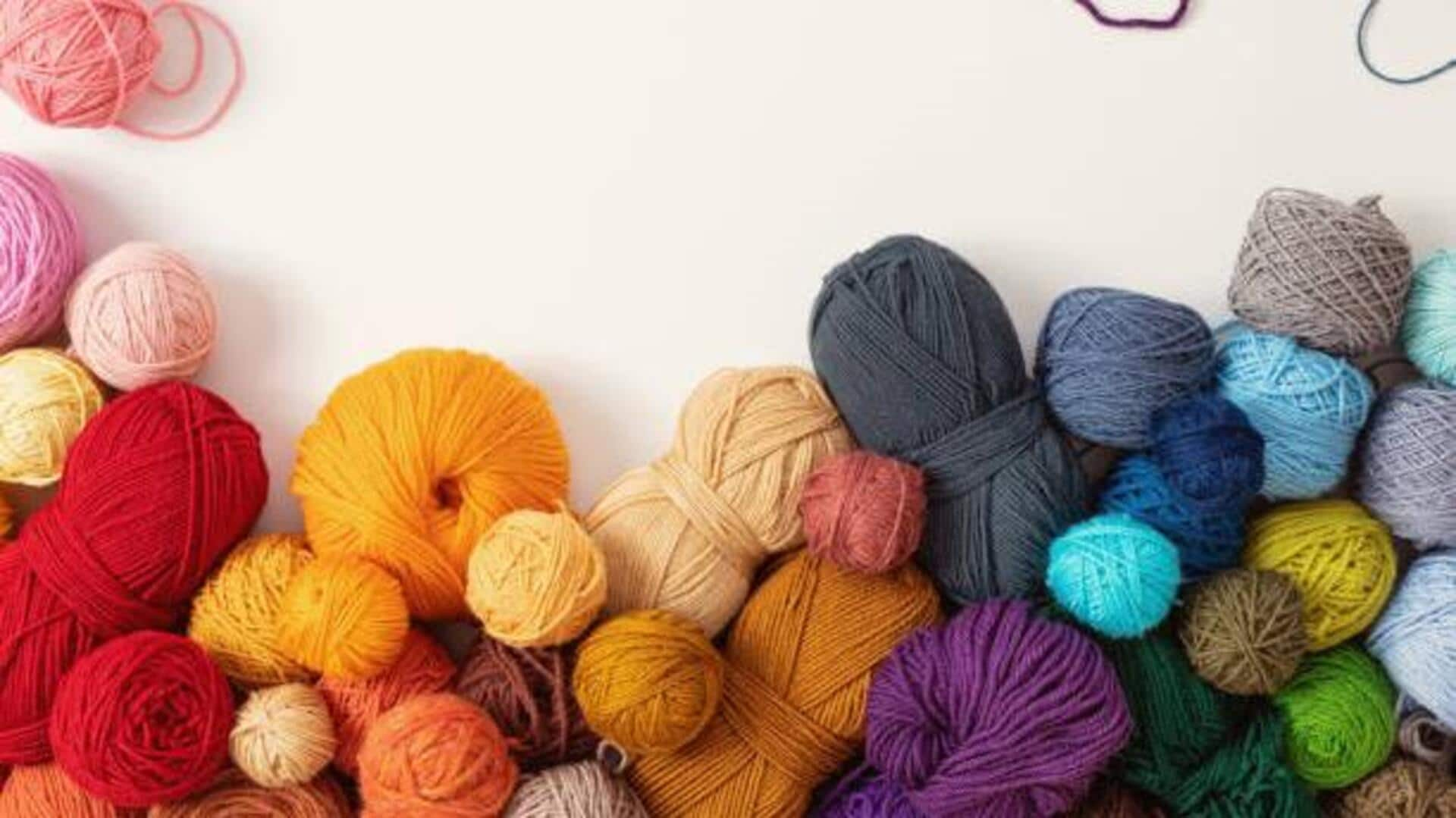
Ready to try yarn crafting? Here's how to begin
What's the story
Yarn crafting is both a beloved pastime and a practical skill, with a rich history in many cultures, including Africa.
It involves knitting, crocheting, and weaving, allowing for creativity and functional art.
This article provides budget-friendly tips and tricks for enthusiasts who want to explore yarn crafting in Africa. It's all about making the most of what you have without breaking the bank.
Local markets
Source affordable materials locally
In many African countries, local markets are the go-to place for snagging budget-friendly yarns.
These markets typically offer lower prices than retail stores, and haggling is a common practice that further reduces costs.
Plus, purchasing from local markets not only supports community sellers but also introduces you to distinctive yarns crafted from indigenous fibers.
Upcycling
Repurpose and recycle yarn
Turning old textiles (think worn-out sweaters, forgotten scarves, or holey blankets) into yarn is a sustainable and wallet-friendly option.
This method is environmentally friendly as it breathes new life into otherwise discarded items.
While unraveling these garments may require patience, the payoff is significant: plenty of yarn for new projects without the need to spend a dime.
Community learning
Join crafting groups or workshops
Joining a local crafting group or workshop is both a cost-effective and fun way to learn!
Many African communities have informal groups where members meet to share techniques, patterns, and even trade materials like needles and yarns.
While community center workshops or those conducted by artisans may require a small fee, they often offer hands-on experience and access to essential tools for beginners.
Digital learning
Utilize online resources for free patterns
The internet is full of free knitting and crocheting patterns for all skill levels.
Websites like Ravelry have thousands of free patterns uploaded by users from around the world.
You can find patterns inspired by African cultures or specifically designed for the climate in different parts of the continent.
No need to spend money on expensive pattern books or magazines - just use the internet!
Start small
Embrace simplicity in projects
For beginners in particular, choosing simple projects can drastically cut costs when learning yarn crafts.
Smaller items like dishcloths, coasters, or basic scarves use far less material than complex projects like sweaters or blankets.
Starting with these smaller projects lets you master key techniques without a big investment in supplies.
You can easily finish multiple small items from a single skein of yarn.